How Technology is Shaping Modern Dentistry
A visit to your dentist is no longer what it used to be. Thanks to modern technology, dental care has become a fast and comfortable experience. Let’s explore five ways technology is shaping modern dentistry. 1. Laser dentistry for painless procedures Dental treatments no longer have to be painful. Laser technology provides a pain-free alternative ... Read More


A visit to your dentist is no longer what it used to be. Thanks to modern technology, dental care has become a fast and comfortable experience. Let’s explore five ways technology is shaping modern dentistry.
1. Laser dentistry for painless procedures
Dental treatments no longer have to be painful. Laser technology provides a pain-free alternative to remove cavities, reshape gums, and even perform root canal treatments. Below are ways laser technology is shaping modern dentistry:
- Less invasive procedures: Lasers allow your dentist to perform treatments with little to no need for anesthesia. Unlike drills, they don’t cause vibrations or discomfort. This makes procedures less painful and reduces patient anxiety.
- Faster healing and less bleeding: Since laser treatments are precise and cause minimal damage to surrounding tissues, they promote faster healing. The laser also seals blood vessels as it works. This reduces bleeding and the need for stitches, which is helpful in gum surgeries and extractions.
- Precision in cavity treatment: Lasers can accurately detect and remove tooth decay, preserving more of the healthy tooth structure. Since they don’t require drilling, they make filling cavities a smoother and more comfortable experience.
If you need a root canal or gum shaping, among other dental treatments, check out Hellodent to find an experienced dentist near you for safe, painless, and advanced procedures.
2. 3D printing
With 3D printing, your dentist can now produce crowns, bridges, dentures, and aligners in the office, often on the same day. This reduces waiting time and additional costs associated with third-party manufacturing.
3D printing also allows for precise dental restorations that fit your teeth perfectly. Since the process is digital, it eliminates errors associated with manual impressions and traditional mold-making. A custom-fit crown, veneer, or implant improves comfort and function.
Unlike traditional methods that require excess materials, 3D printing is more efficient and environmentally friendly. It only uses the necessary amount of resin or material, reducing waste and making dental practices more sustainable.
3. Artificial Intelligence in diagnosis and treatment planning
Artificial Intelligence (AI) is changing how dentists detect problems and plan treatments. AI-powered software can help your dentist analyze dental X-rays and scans faster and more accurately than the human eye. This software detects cavities, gum disease, and even early signs of oral cancer before they become serious problems. This means patients can get treatment sooner, preventing pain and expensive procedures.
AI helps dentists design treatment plans tailored to each patient’s needs. AI suggests the best course of action by analyzing a patient’s dental history, X-rays, and even lifestyle factors. This ensures you get the most effective and suitable treatment.
AI also reduces the chances of human error in diagnosis. It scans and compares images with thousands of past cases, helping your dentist make more informed decisions. This leads to quicker and more precise diagnoses, resulting in fewer unnecessary treatments and better outcomes.
4. Teledentistry and remote consultations
Not everyone can get to the dental office quickly, whether due to distance, mobility issues, or a busy schedule, and this is where teledentistry comes in. This technological advancement allows patients to consult with a dentist via a video call for advice on minor issues, second opinions, or follow-ups after a procedure.
Virtual consultations are often more affordable than in-office visits. They help patients save money by reducing unnecessary trips to the dentist while still receiving professional guidance.
5. Smart dental devices and wearable technology
Technology has made it easier to care for your teeth, even when you are not a dentist. Here’s how:
- Smart toothbrushes for better brushing: While a regular toothbrush gets the job done, smart toothbrushes improve oral care significantly. These toothbrushes have sensors that track how well you brush, letting you know if you’re missing spots or brushing too hard. Some even connect to an app on your phone, giving you real-time feedback to improve your brushing habits.
- Wearable monitors to monitor oral health: These are tiny sensors that can be placed in your mouth or worn like a retainer to monitor your oral health. For instance, these devices can track saliva acidity, indicating the risk of cavities or gum disease. They help dentists catch problems early before they turn into more significant issues.
- Smart night guards for teeth grinding: Many people grind their teeth at night without realizing it. Smart nightguards detect grinding and send alerts to your phone, helping you track the problem. Some adjust automatically to reduce pressure on your teeth, preventing damage and pain.





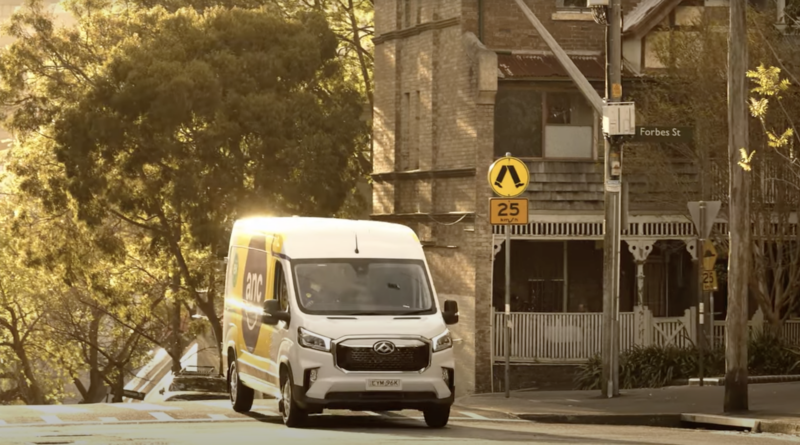



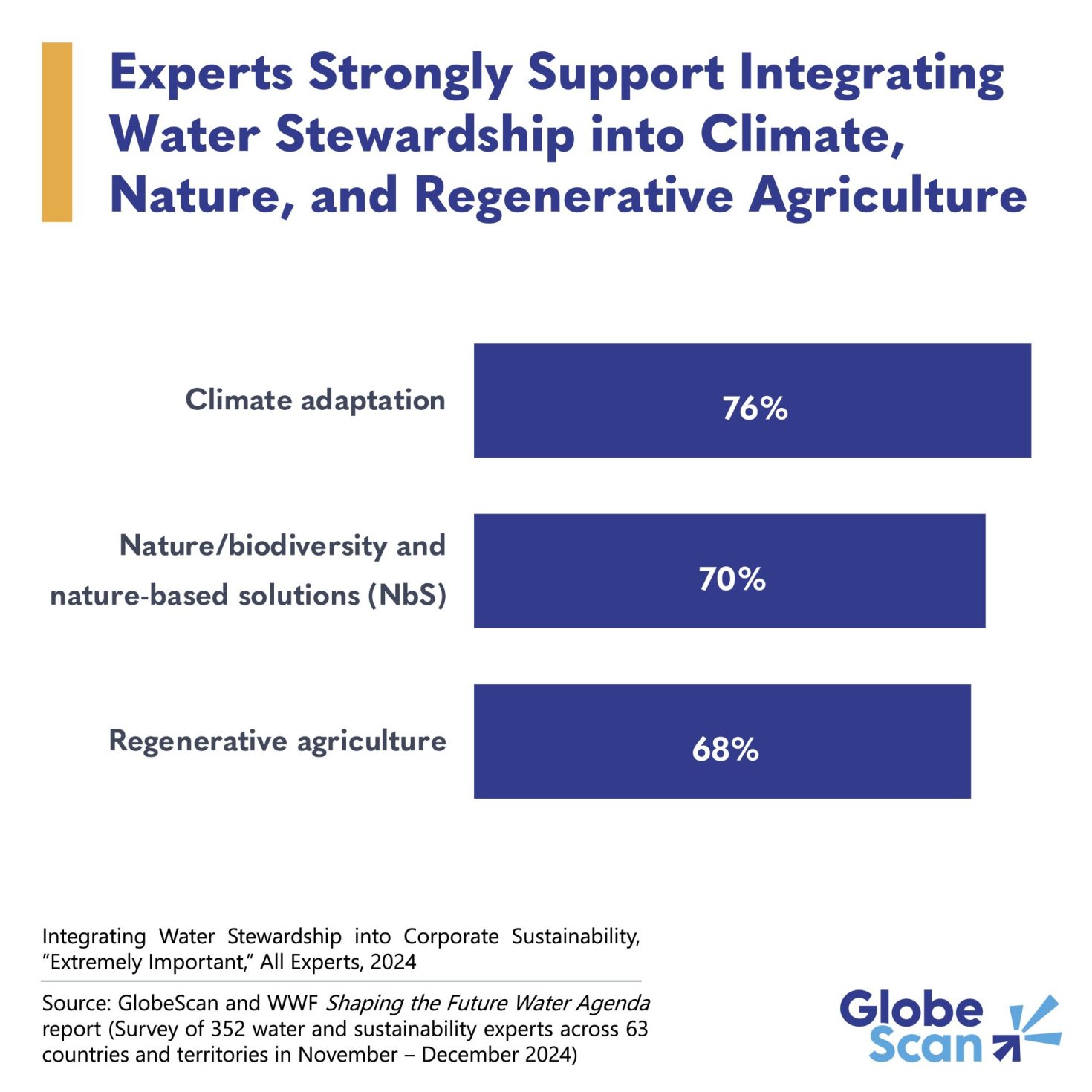
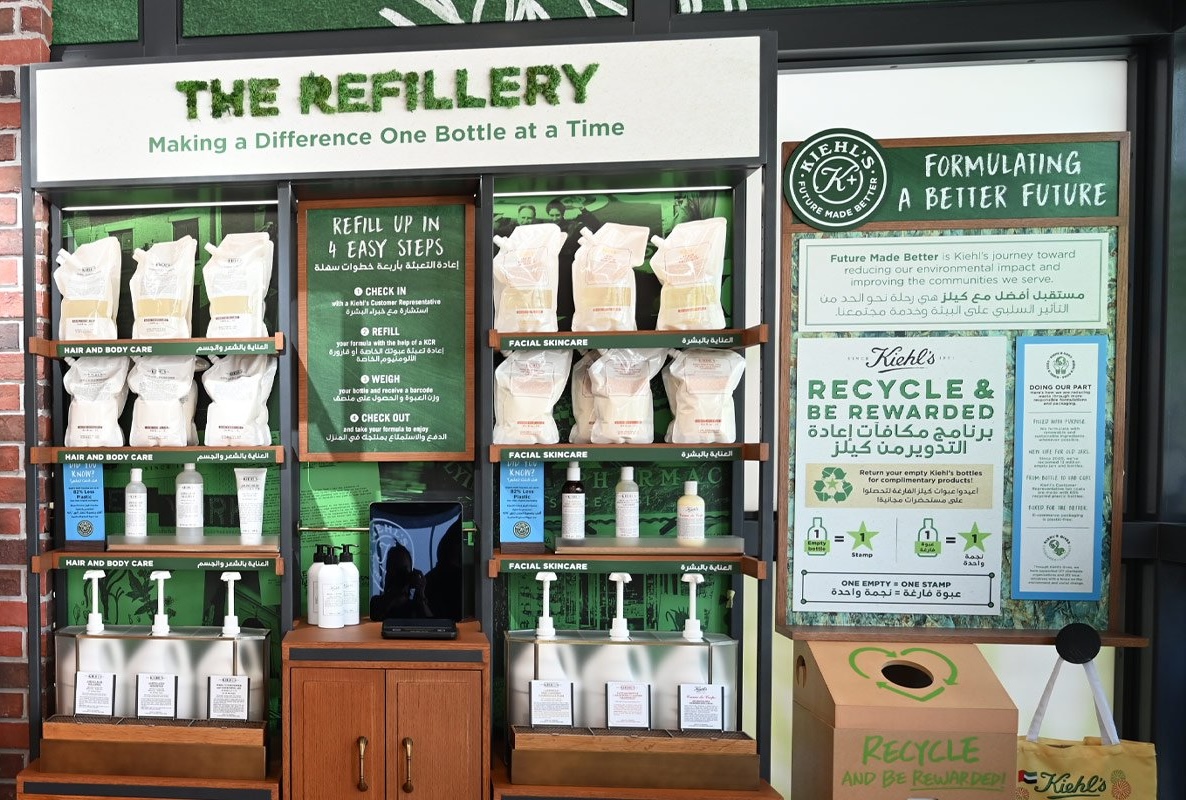



















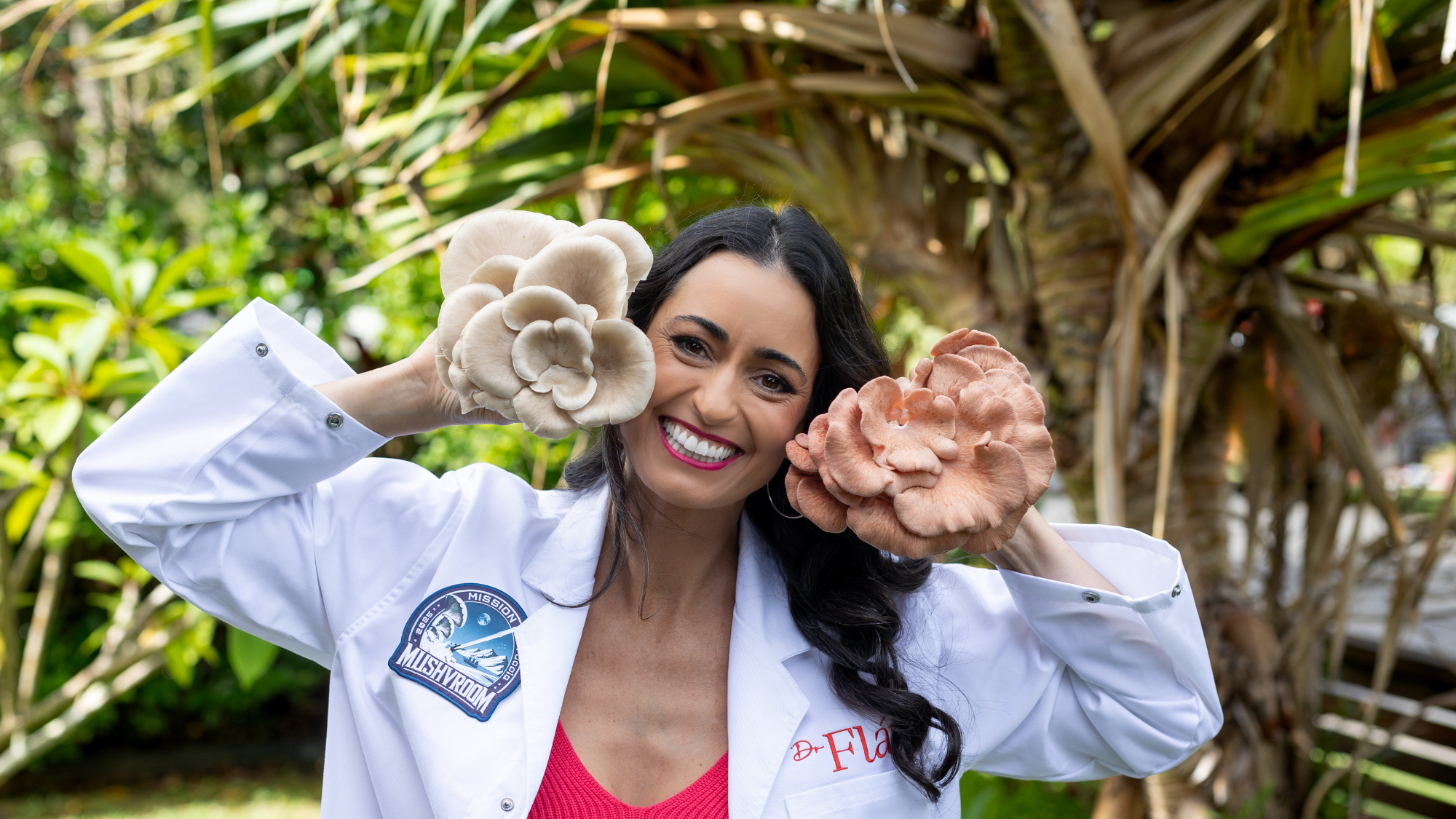




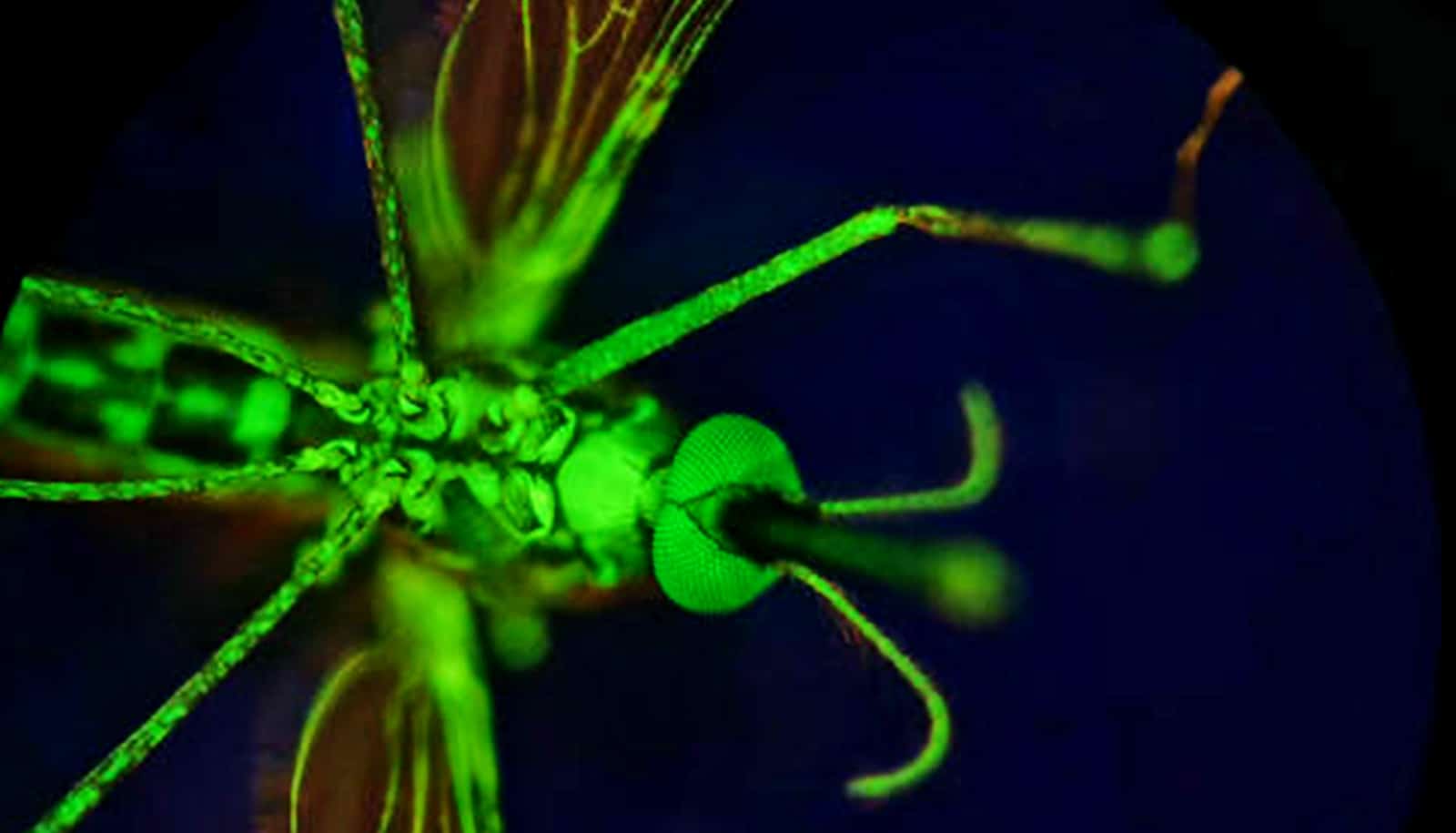

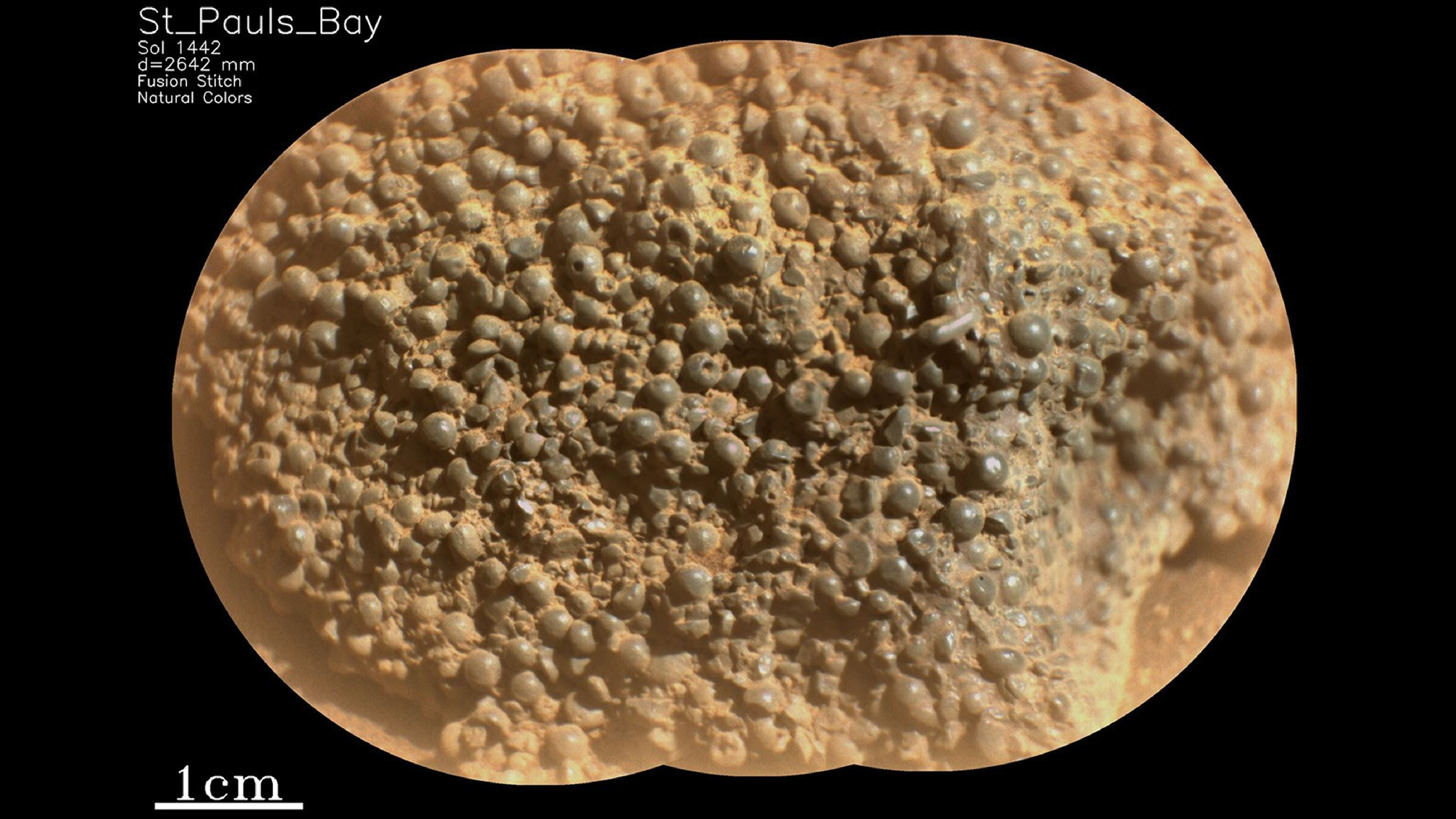









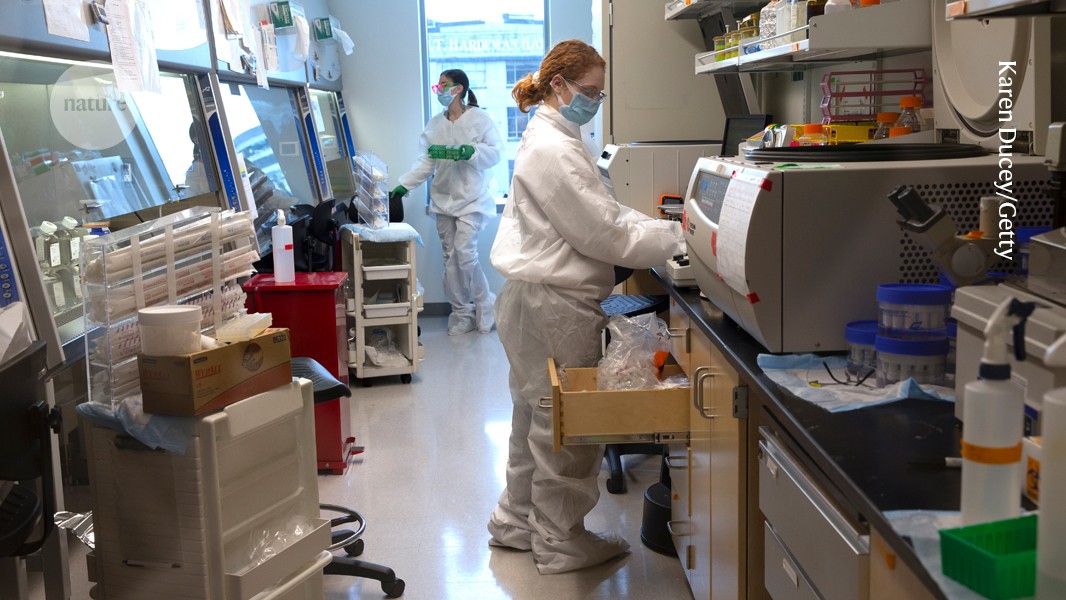


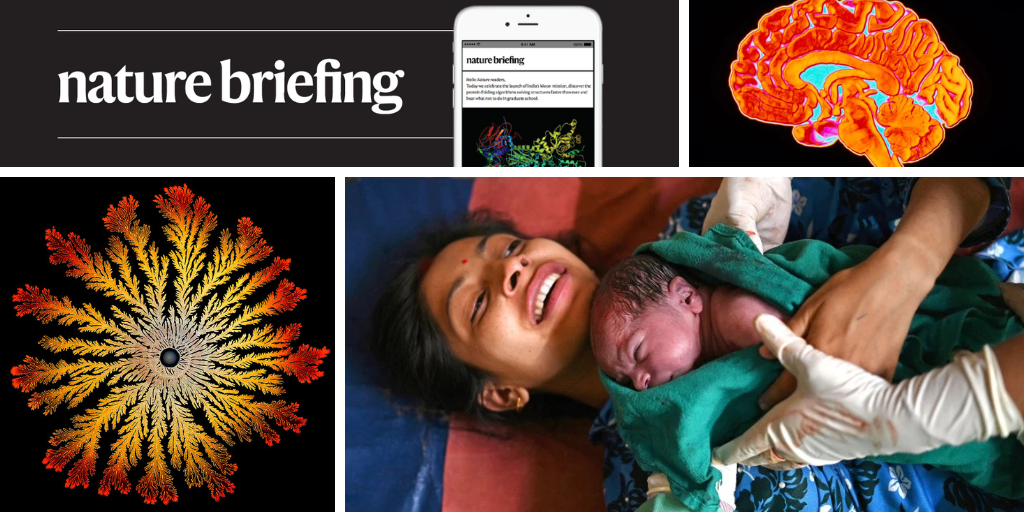










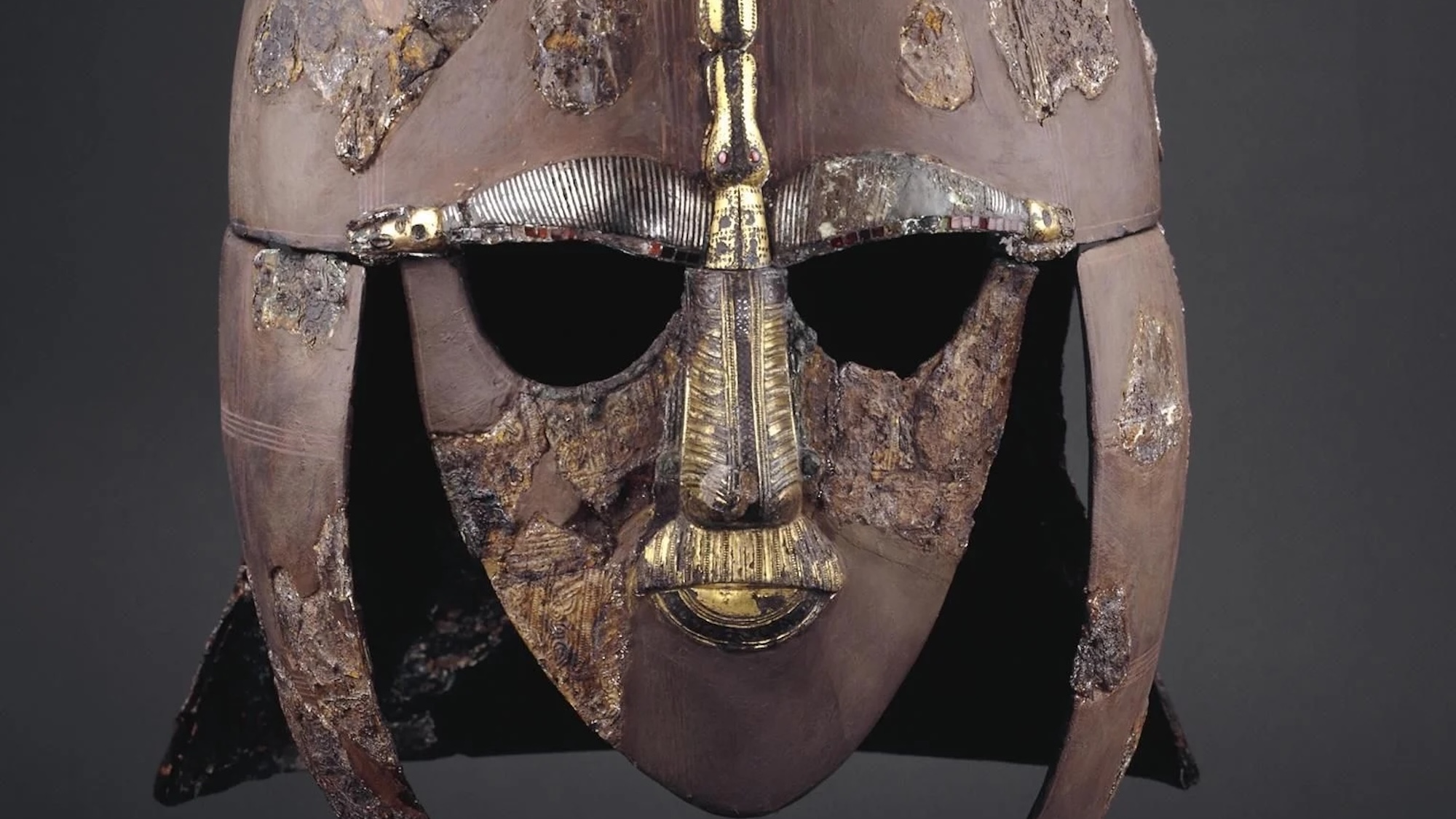















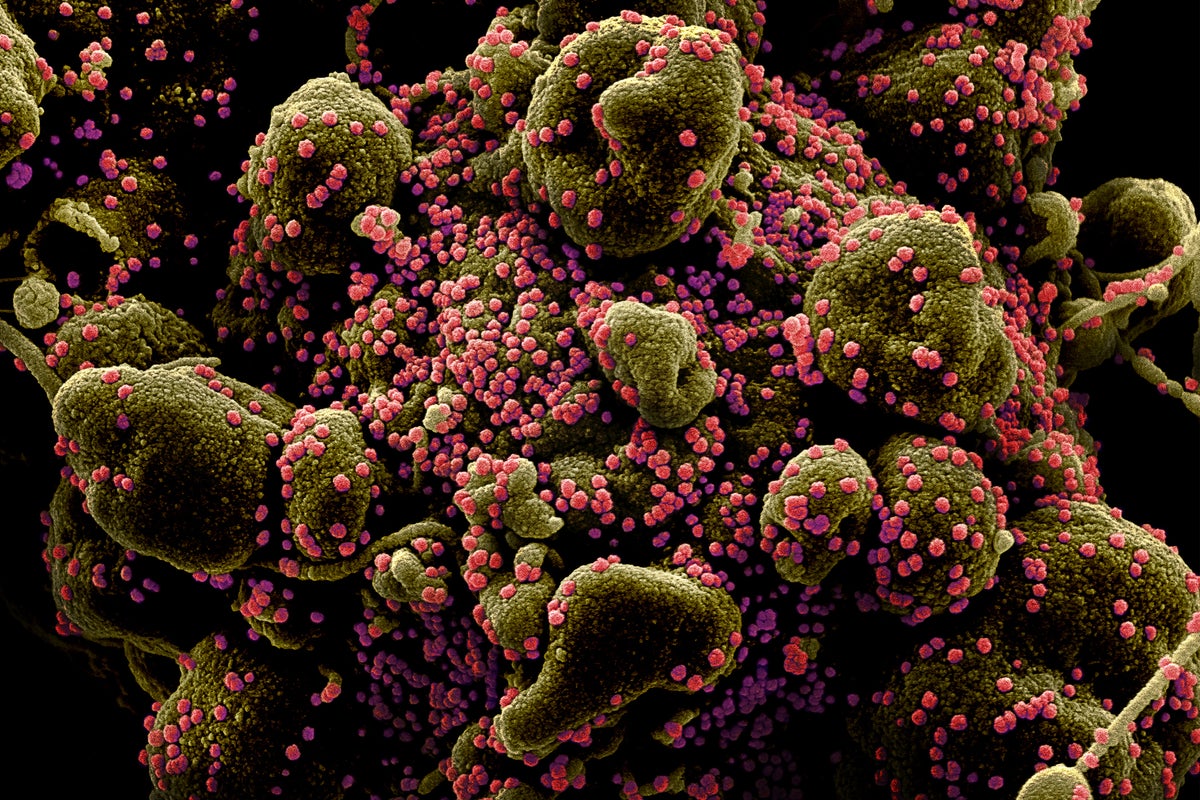
















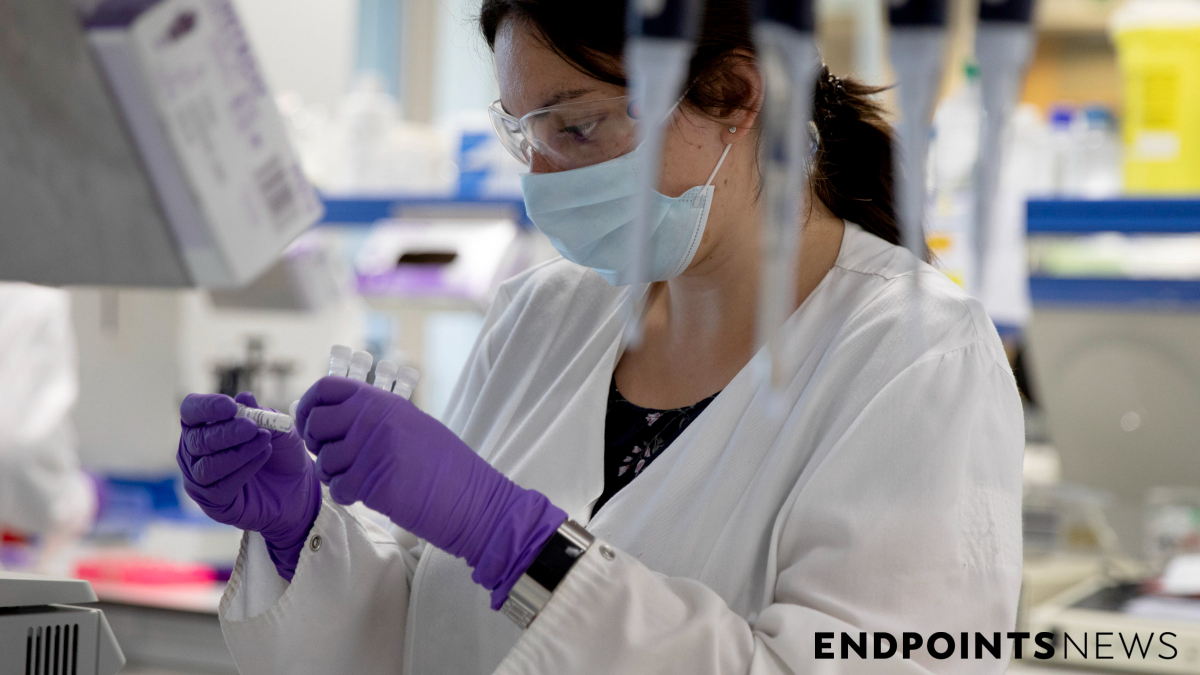
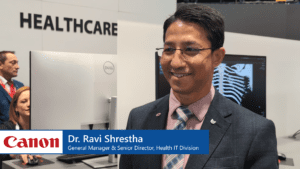



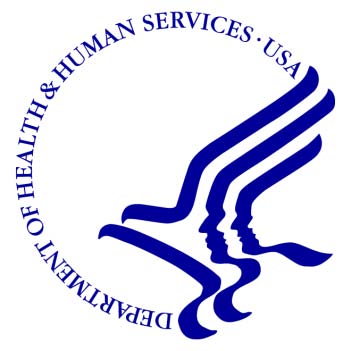






.jpg?#)




































